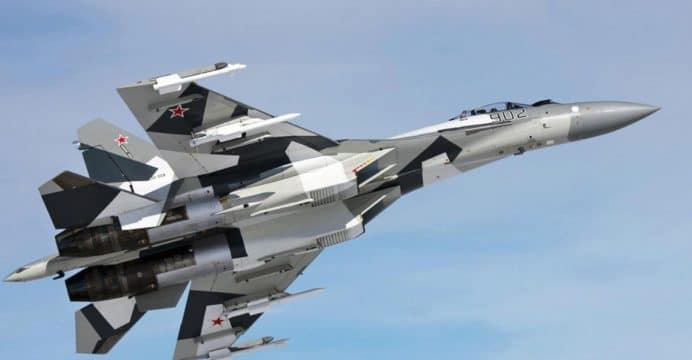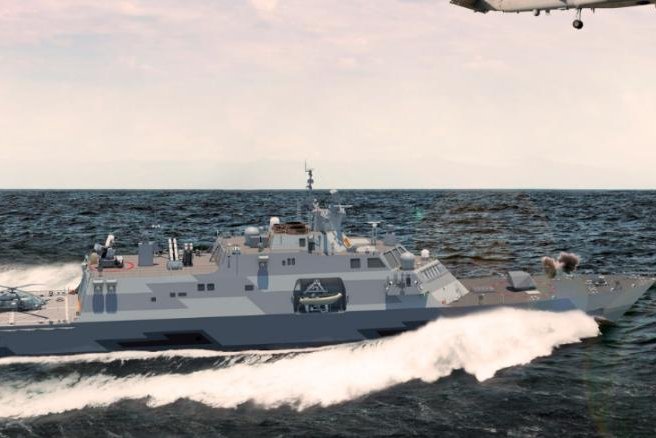Jura The idiot
General
Jan 28, 2018
Kuwait to Procure 28 Super Hornet Strike Fighters
Posted: February 16, 2018
andnow noticed (dated January 24, 2018)
Kuwait moving ahead with F-18 purchase: Report
Kuwait to Procure 28 Super Hornet Strike Fighters
Posted: February 16, 2018
The government of Kuwait has decided to purchase 28 Boeing-built F/A-18E/F Super Hornet strike fighters, according to a Kuwaiti newspaper.
The news was published in the Feb. 16 edition of the Kuwait Times.
“Kuwait will buy 28 Boeing F/A-18 Super Hornets to replace a fleet of earlier versions of the U.S. fighter jets, a top official said yesterday. The value of the deal is not expected to exceed $5 billion, the KUNA state news agency reported the head of armament and procurement at Kuwait’s defense ministry as saying,” the article stated.
“Maj Gen Lafi Al-Azmi said the deal stipulates the supplier will repurchase the old Hornet fighter jets from Kuwait. He added that details of the sale would only be disclosed after it is officially signed. ‘Given Kuwait’s proximity to turbulent locations, we certainly need effective military equipment,’ he was quoted as saying.
“The U.S. State Department this month said it has authorized the deal, as well as the sale of 72 F-15 Strike Eagle jets to Kuwait’s Gulf neighbor Qatar at an estimated value of $21 billion. In April, Kuwait signed a contract with Italy’s Finmeccanica for the purchase of 28 Eurofighter Typhoon warplanes for under 8 billion euros ($8.5 billion). The National Assembly in March approved spending an additional $500 million as an advance payment for the jets,” the report said.
“That funding came on top of $10 billion additional defense spending already approved by parliament in January to upgrade the country’s military. Kuwait is a member of the U.S.-led coalition bombing Islamic State group targets in Syria and Iraq, and is also taking part in a Saudi-led coalition pounding Iran-backed rebels in Yemen. Last year, it bought 24 Caracal military tactical transport helicopters and French light armored vehicles.”
Kuwait’s air force operates older F/A-18A Hornets. It will be the second foreign nation to order the Super Hornet, Australia being the first.
“We’ve been working with the Kuwaiti government for some time on that sale and will continue to work with the Kuwaiti government,” Scott Day, a Boeing spokesman, told Seapower.
The U.S. Navy’s Super Hornet program office could not be reached for comment by press time.







